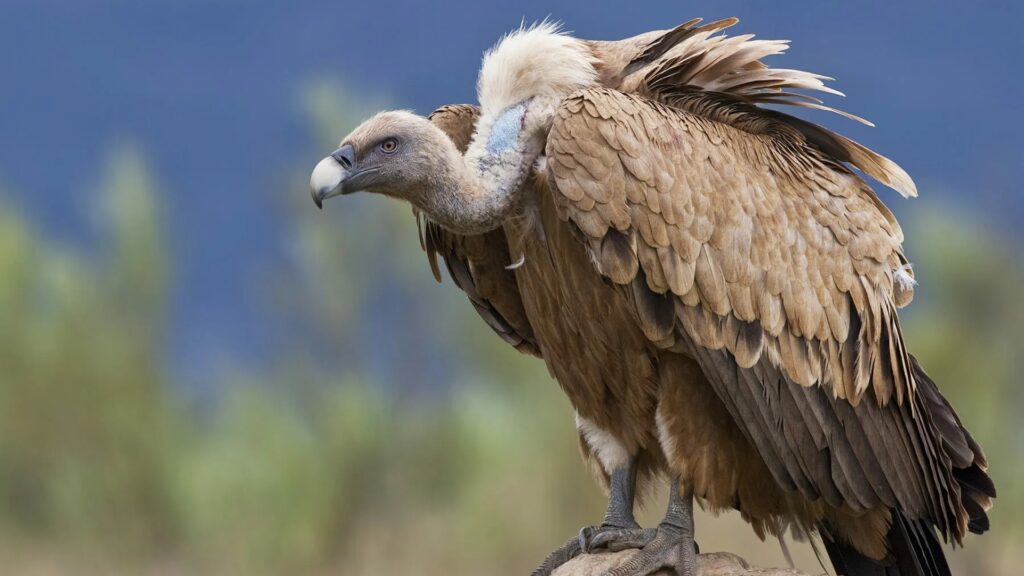
In the intricate web of Earth’s ecosystems, certain animals play pivotal roles in maintaining environmental balance, often without recognition. These unsung heroes contribute to climate regulation, soil fertility, and biodiversity preservation. This article delves into 12 such remarkable creatures, highlighting their indispensable contributions to the planet’s health.
Vultures: Nature’s Cleanup Crew
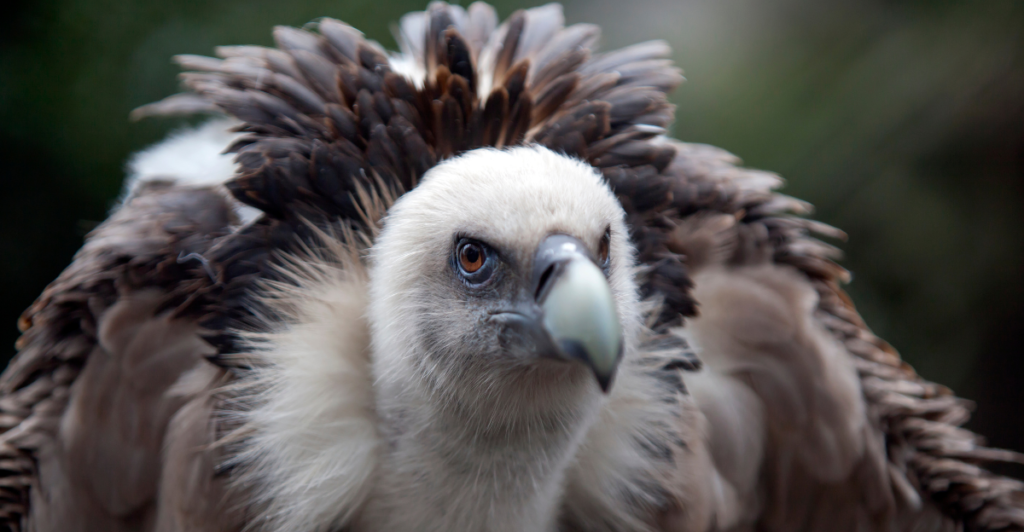
Vultures act as natural scavengers, disposing of animal carcasses and preventing the spread of diseases. In regions like India, the decline of vulture populations due to poisoning has led to increased carcass accumulation, fostering the spread of diseases and resulting in significant human health impacts. Conservation efforts are crucial to restore vulture populations and maintain their role in ecosystem health.
Bees: The Master Pollinators
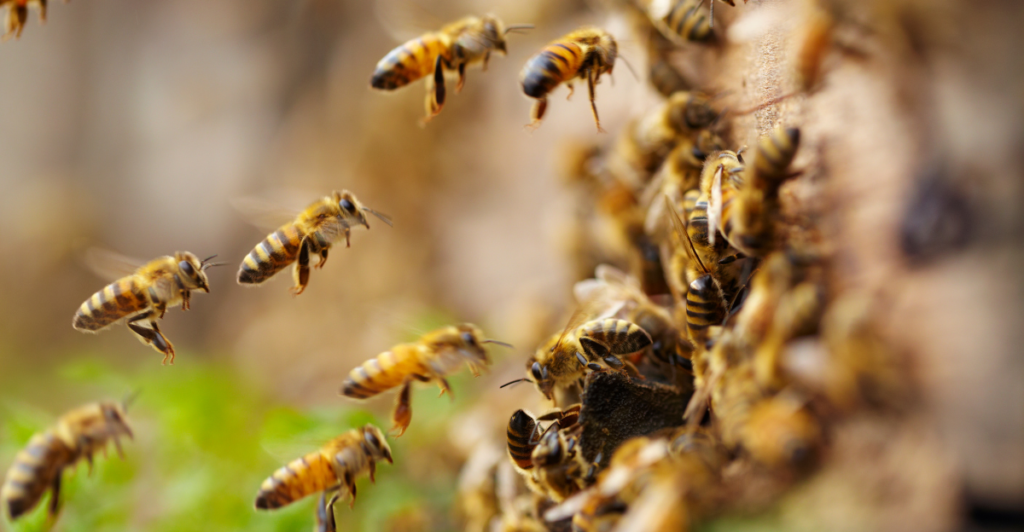
Bees are vital pollinators, facilitating the reproduction of approximately 75% of flowering plants and 35% of global food crops. Their role ensures food security and the maintenance of diverse ecosystems. Recent studies have shown that air pollution disrupts bees’ ability to locate flowers by altering floral scents, leading to reduced pollination efficiency. This underscores the importance of mitigating pollution to protect these essential insects.
Elephants: The Ecosystem Engineers
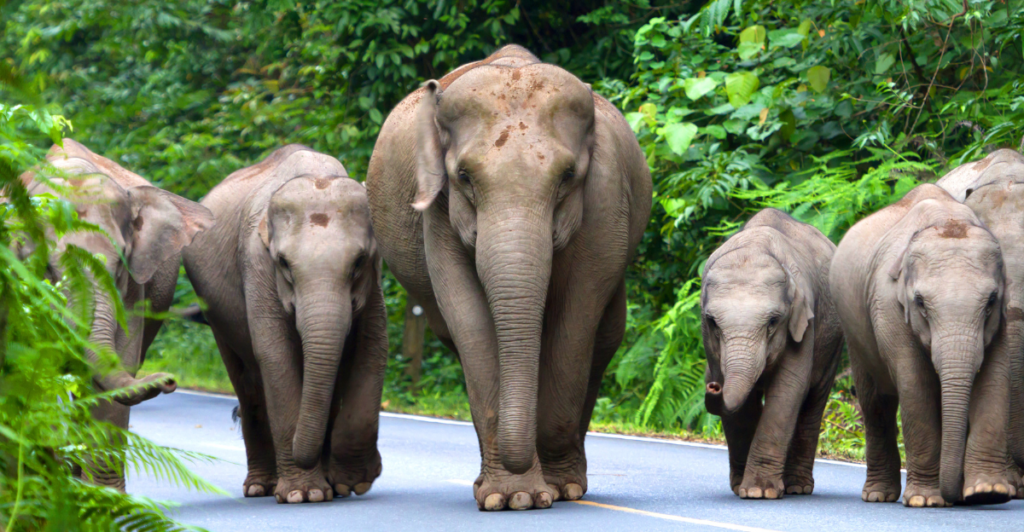
Elephants significantly influence their habitats by creating clearings, digging water holes, and dispersing seeds. Their foraging behavior helps maintain savanna ecosystems and promotes biodiversity. Research indicates that large mammals like elephants can aid in climate change mitigation by enhancing carbon storage in ecosystems.
Sea Otters: Guardians of Kelp Forests
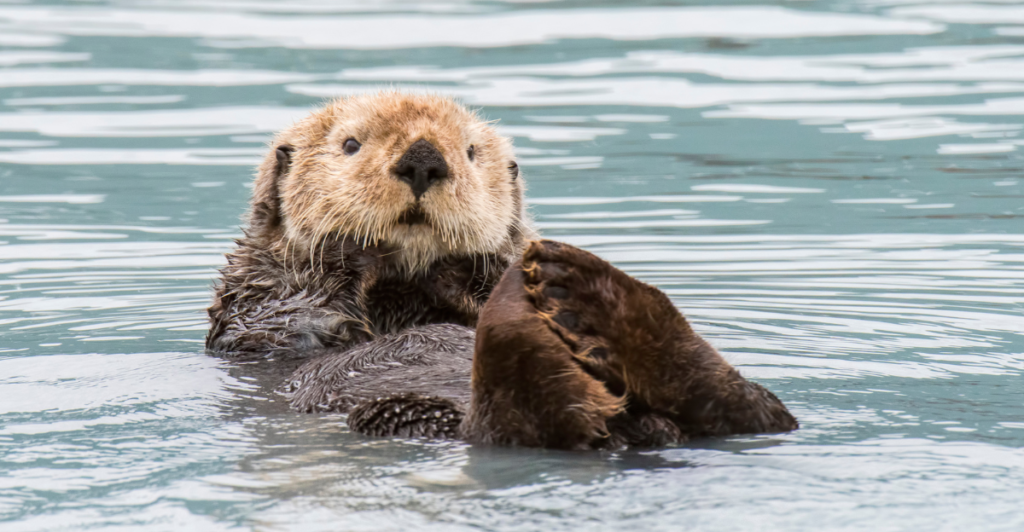
Sea otters maintain the health of kelp forests by preying on sea urchins, which, if left unchecked, can decimate kelp populations. Healthy kelp forests sequester significant amounts of carbon dioxide, aiding in climate regulation. The presence of sea otters thus supports carbon capture and biodiversity in marine ecosystems.
Wolves: Balancing Ecosystems
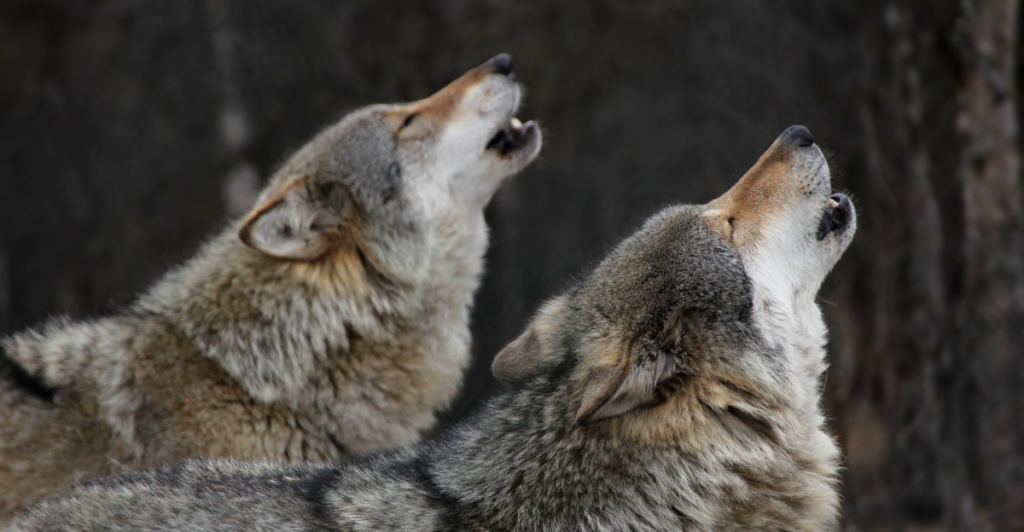
As apex predators, wolves regulate prey populations, preventing overgrazing and allowing vegetation to thrive. Their presence can lead to increased biodiversity and healthier ecosystems. In Yellowstone National Park, the reintroduction of wolves has led to a resurgence of plant and animal species, demonstrating their role in ecosystem restoration.
Whales: Oceanic Carbon Sequestration
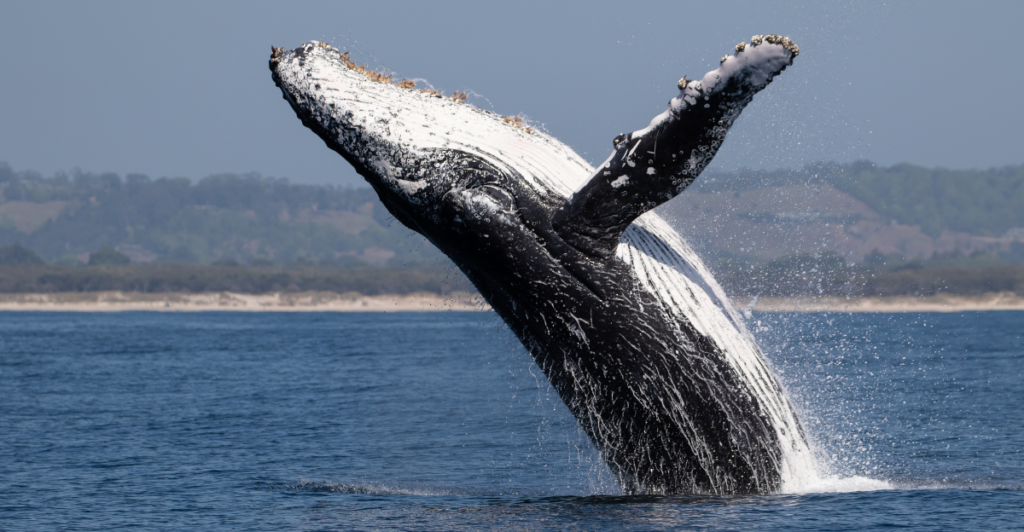
Whales contribute to carbon sequestration through their feeding and migratory behaviors. Their fecal matter stimulates the growth of phytoplankton, which absorbs carbon dioxide. Additionally, when whales die, their bodies sink to the ocean floor, trapping carbon for centuries. Protecting whale populations enhances these natural carbon sinks.
Termites: Soil Fertility Enhancers
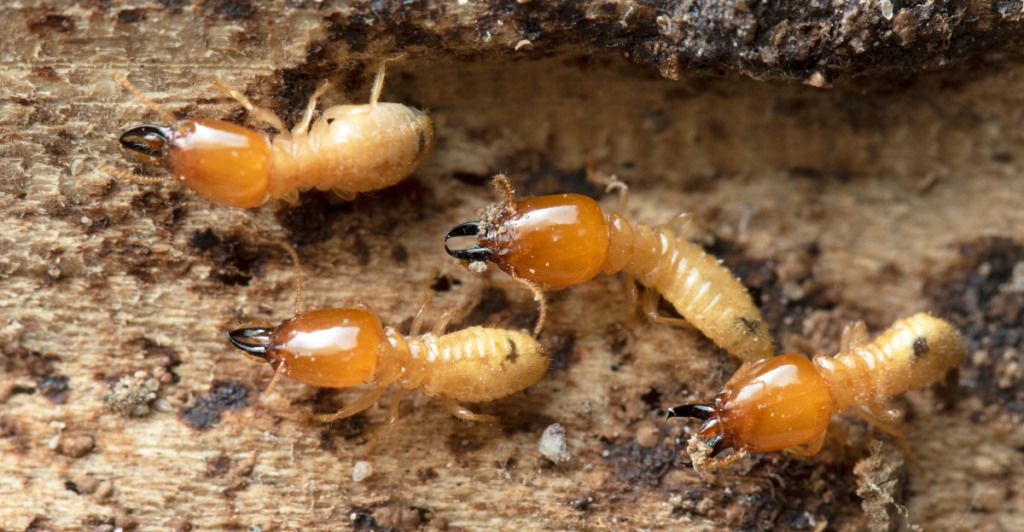
Termites decompose plant material, enriching the soil with nutrients and enhancing its fertility. Their tunneling aerates the soil, improving water infiltration and root growth. In tropical ecosystems, termites play a crucial role in nutrient cycling and soil formation.
Bats: Nighttime Pollinators and Pest Controllers
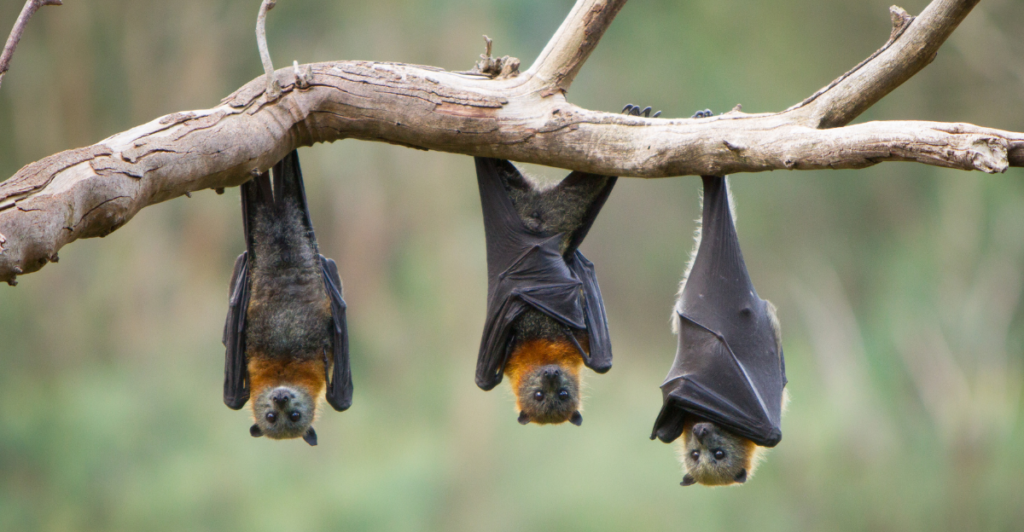
Bats pollinate various plants, including those that bloom at night, and control insect populations by consuming vast quantities of pests. Their ecological services support agriculture and natural ecosystems. Conservation of bat habitats is essential to maintain these benefits.
Beavers: Wetland Creators
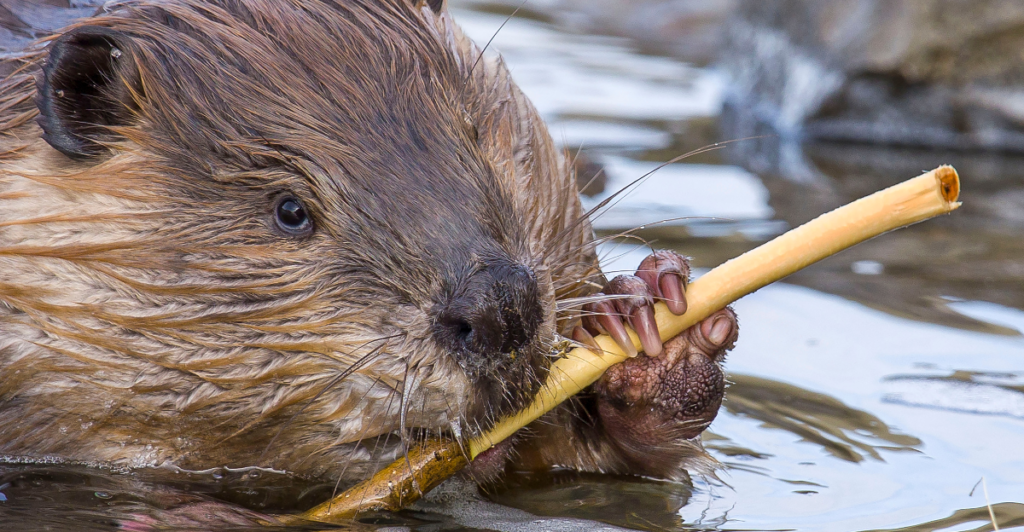
Beavers build dams that create wetlands, providing habitats for numerous species and improving water quality. These wetlands act as carbon sinks and help in flood mitigation. Beaver activity thus contributes to ecosystem diversity and climate resilience.
Ants: Ecosystem Regulators
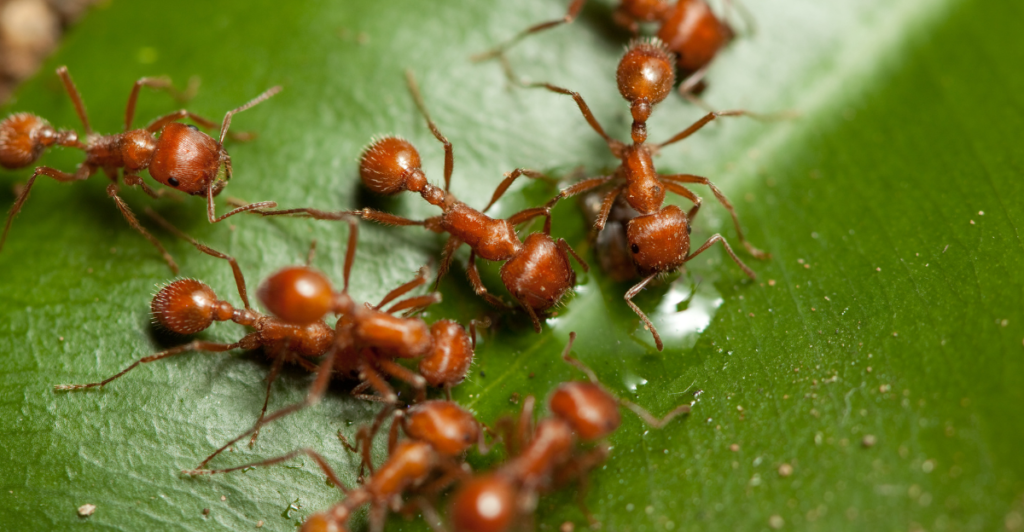
Ants aerate the soil through their tunneling activities, disperse seeds, and recycle nutrients. Their complex social structures and interactions with other species make them integral to ecosystem functioning. Studies have shown that ants can influence plant community compositions and aid in pest control.
Plankton: The Ocean’s Lungs
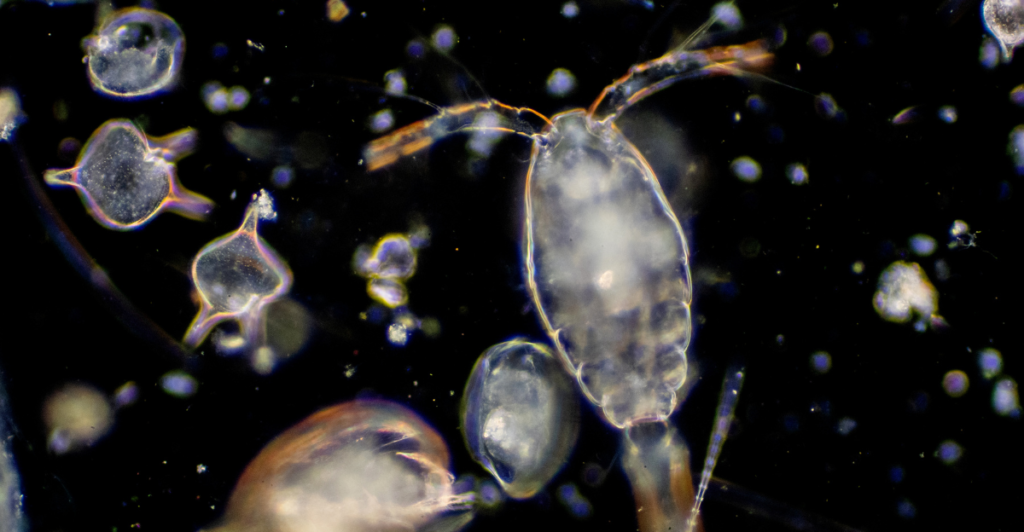
Phytoplankton, microscopic organisms in oceans, produce about half of the world’s oxygen through photosynthesis and sequester carbon dioxide. They form the base of marine food webs, supporting a vast array of sea life. Protecting ocean health is vital to maintain plankton populations and their climate-regulating functions.
Keeping Watch
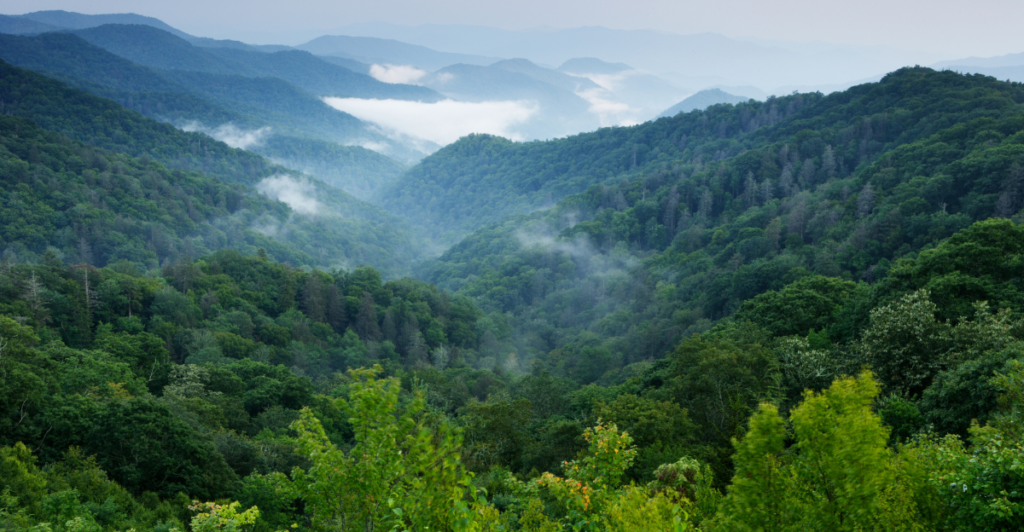
The intricate roles these animals play in sustaining Earth’s ecosystems highlight the importance of biodiversity. Protecting these species and their habitats is not just about preserving wildlife but also about maintaining the natural processes that support human life. Recognizing and valuing these unsung heroes is essential for a sustainable future. How can we make a difference?
Discover more of our trending stories and follow us to keep them appearing in your feed
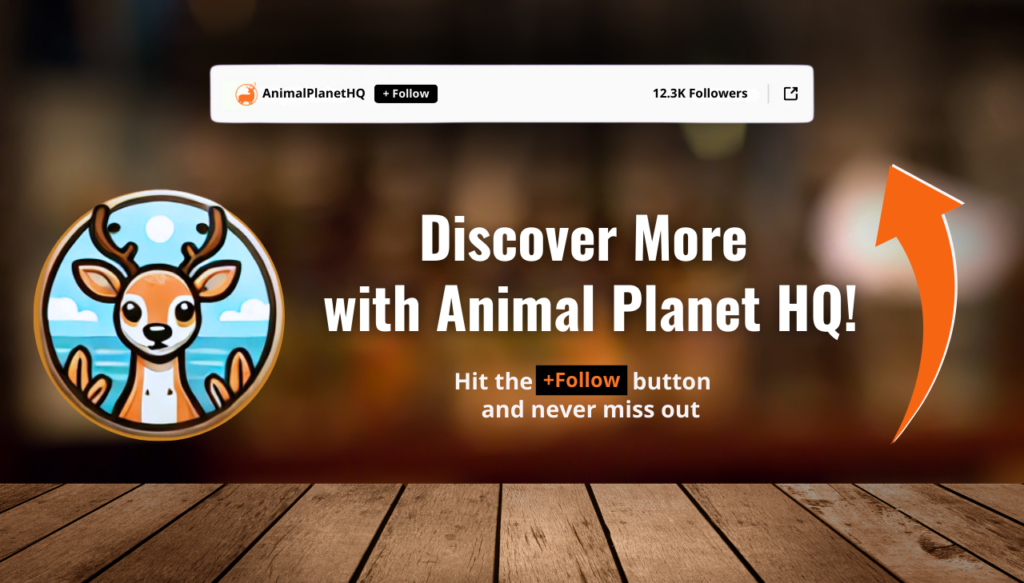
Meet the Massive Crocodiles That Make Their Homes 40 Feet Underground
11 Strongest Animals On Earth and Where to Find Them
12 Animals With Paradigm-Shifting Impacts On Wildlife Conservation
These States Are The Best At Protecting Nature And Wildlife
Stay connected with us for more stories like this! Follow us to get the latest updates or hit the Follow button at the top of this article, and let us know what you think by leaving your feedback below. We’d love to hear from you!







